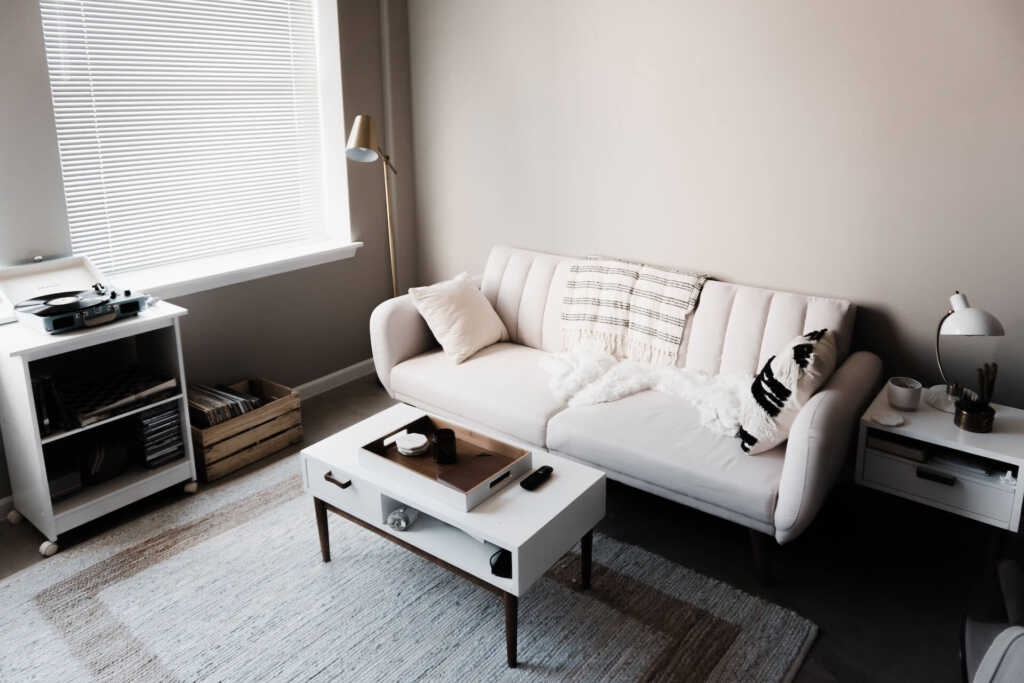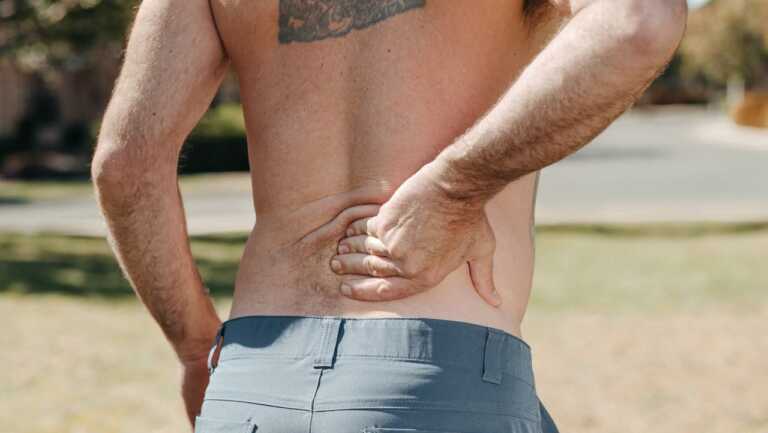As we age, the place we call home can present unexpected hazards. Simple tasks we once performed with ease can turn into potential safety risks. This is especially true for our elderly loved ones, as their mobility and physical strength decrease over time.
In this blog post, we zoom in on home safety for the elderly, highlighting key areas around the house where hazards may lurk. Our goal is to provide proactive strategies to mitigate these risks, ensuring that our seniors can continue living comfortably and safely in their own homes.

Making The Bathroom Safe
The bathroom, while being a place for personal hygiene and care, can often pose significant risks to the elderly due to its slippery surfaces and hard fixtures. To make a bathroom safer, consider installing bathroom equipment for the elderly, such as grab bars and shower seats. These devices provide additional support and stability for our loved ones when entering and exiting the bathtub or shower. Non-slip mats should also be placed on wet surfaces to prevent falls.
Proper Lighting
Proper lighting is a crucial aspect of home safety for the elderly. Insufficient lighting can lead to missteps and falls, especially during the night. Consider installing night lights outdoors, in hallways, bathrooms, and bedrooms to guide seniors safely when they need to move around after dark.
Additionally, ensure that light switches are easily accessible at both ends of a staircase and at each entrance to a room. The use of motion-sensor lights can also be helpful in illuminating spaces as soon as someone enters. A well-lit home significantly reduces the risk of accidents for the elderly.
Stairway Security
Stairways can be particularly treacherous for seniors, with the potential for serious injuries from falls. Therefore, securing stairways is a vital aspect of home safety for the elderly. Begin by ensuring that staircases have sturdy railings on both sides for support. Stair treads should be non-slip and visible, consider using contrast strips on stair edges to help distinguish each step. It is also crucial to keep stairways clear of clutter, minimizing the risk of trips or falls. Finally, just like in other areas, appropriate lighting is key. Illumination should be adequate to light up the entire staircase, making it safer for elders to navigate.
Kitchen Caution
The kitchen, being another area in the home frequently accessed by the elderly, can also pose certain risks. It’s important to take special precautions to ensure senior safety. Start by arranging everyday items in easily accessible locations; the goal is to minimize the need for elders to reach high or bend low.
If a step stool is necessary, ensure it’s sturdy and has a handrail. Additionally, appliances should have easy-to-read dials and buttons. It’s also advisable to switch to lighter and easy-to-grip utensils and cookware, reducing the risk of drops or spills. Always keep the floor clear of clutter, and clean up any spilled liquids, food, or grease immediately to prevent slips and falls. An emergency switch to turn off all appliances at once can be a vital safety measure in case of accidents. By adjusting these aspects of the kitchen, you can create a safer environment for our elderly loved ones.

Bedroom Comfort and Safety
The bedroom should be a sanctuary for rest, particularly for seniors who may spend a significant amount of time there. Therefore, prioritizing comfort and safety in this space is crucial. For starters, ensure that the bed is at a suitable height for easy access, not too high to climb into or too low to get out of. For those struggling with mobility, consider a bed rail for added support during entry and exit.
Remove any tripping hazards, such as loose rugs or clutter on the floor. Make sure that a clear path is always maintained from the bed to the bathroom, reducing the risk of falls during nighttime trips. Additionally, installing nightlights can provide adequate lighting for safe navigation.
A telephone or a personal emergency response system within easy reach of the bed can also be a lifesaver during emergencies. Finally, having a sturdy chair in the bedroom for dressing or resting can add an extra layer of comfort and safety. By taking these steps, we can ensure that the bedroom remains a haven for our elderly loved ones.
In conclusion, by addressing potential safety hazards and taking proactive measures, we can create a safe environment for our elderly loved ones. From the bathroom to the bedroom, every area in the home should be carefully evaluated and modified to suit their needs. With these simple adjustments, we can ensure that our seniors can continue living independently and comfortably in their own homes.





